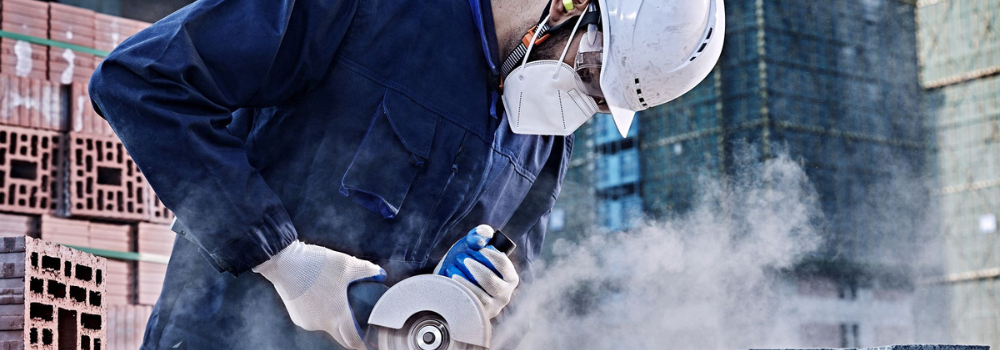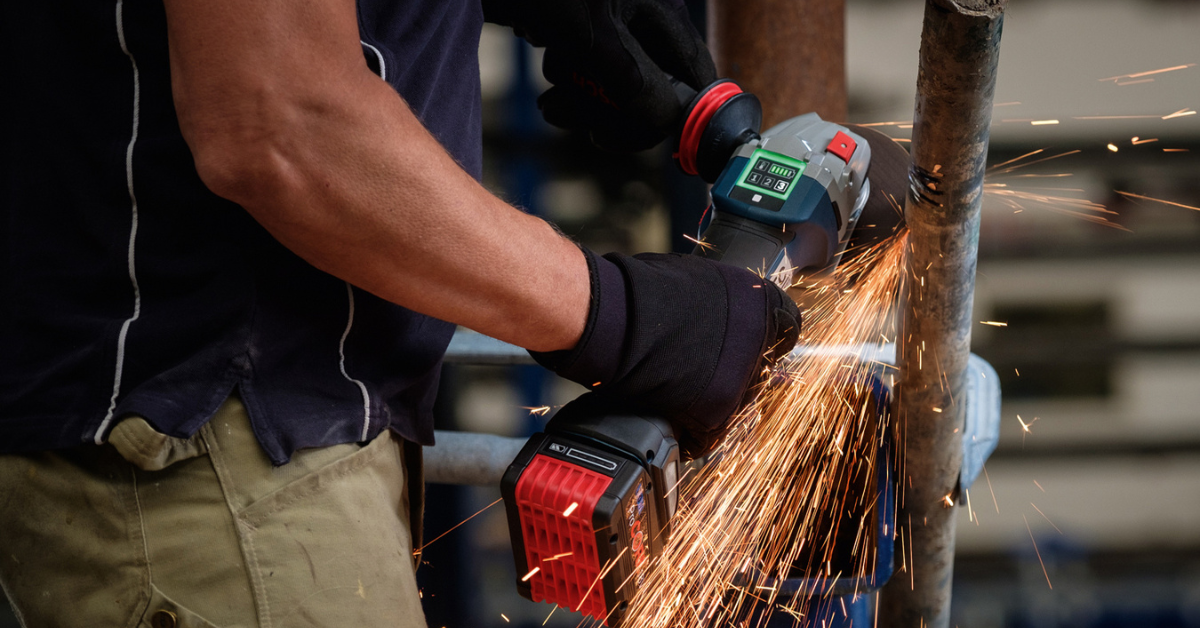Smart technology making power tools safer
Today’s cordless power tools are indispensable in industry. They offer portability, freedom of movement and convenience, while delivering high power...
Silica dust poses a significant risk to workers. Around 600,000 Australian workers are potentially being exposed each year, according to the Lung Foundation Australia’s National Silicosis Prevention Strategy 2023-2028.*
It’s not just silica from engineered stone products. This potentially deadly dust can be released when a worker cuts or drills into brick, tiles, mortar or concrete. Exposure can happen in construction, mining and manufacturing as well as in other industries.
According to the workplace exposure standard for respirable crystalline silica (RCS), workers must not be exposed to levels of RCS greater than 0.05 mg/m3 over an 8 hour working day, for a 5 day working week.
With more stringent rules planned for 2026, Australian industry faces a major challenge. So how can employers protect business productivity, while complying with mandated silica dust requirements and optimising worker safety?

A combination of mitigation strategies and dust extraction products can help employers manage the risks of silica dust and comply with the regulations. These include:
Bosch Professional dust extractors offer a choice of wet and dry dust extraction. M-Class extractors are now the industry’s minimum standard when dealing with silica dust. H-Class extractors offer a higher filtration rate and a near-zero leakage to prevent contaminated air from escaping. In some states, H-Class is the minimum for material with higher silica content.
On-tool extraction solutions feature HEPA filters for drilling with the freedom of cordless rotary hammers. The new SDS Clean drill bits from Bosch extract the dust from within the hole before it becomes airborne. These drill bits feature a full carbide head and are easy to clear if clogged.
Bosch dust extractors and many of the dust attachments can be used with any brand of power tool, except for tool specific attachments such as those for angle grinders.
Richard Fallon, Marketing & Commercial Manager Bosch Australia - Power Tools, says protecting worker safety has flow-on benefits. “While the health of employees and those around them on site is the main priority, there are benefits to productivity, operating costs and downtime.” “You will also boost compliance as silica rules tighten up. Inspectors are already shutting down workplaces and issuing fines to non-compliant employers in some states. Bosch products help you stay ahead of the curve.”
Contact your local Blackwoods Technical Power Tool Specialist for more information.
*https://lungfoundation.com.au/wp-content/uploads/2023/10/NSPS-NAP-Fifth-Full-Draft-Copy-for-Public Consultation.pdf

Today’s cordless power tools are indispensable in industry. They offer portability, freedom of movement and convenience, while delivering high power...